Gender: Male - Starting with T
 Trout Fishing in America
Trout Fishing in America
 Trout Fishing in America
Trout Fishing in America
 Trout Glasses
Trout Glasses
Tuberville, Tommy
 Tucker in Vietnam
Tucker in Vietnam
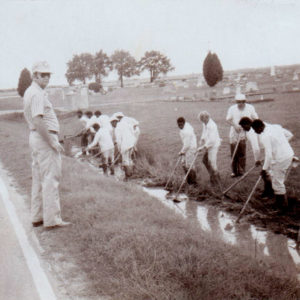 Tucker Prison Farm Road Crew
Tucker Prison Farm Road Crew
 Tucker Outlaws Member
Tucker Outlaws Member
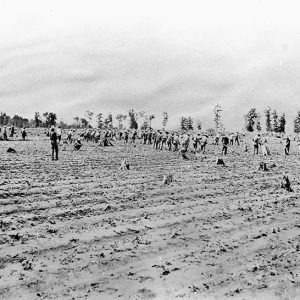 Tucker Inmates
Tucker Inmates
Tucker, Francis William (Frank)
Tucker, Frank (Lynching of)
 Frank Tucker Appointment
Frank Tucker Appointment
Tucker, James (Execution of)
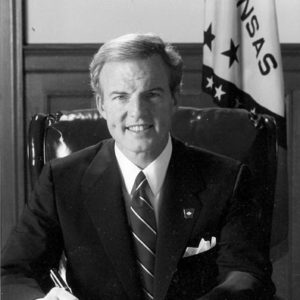 Jim Guy Tucker
Jim Guy Tucker
 Jim Guy Tucker
Jim Guy Tucker
Tucker, Jim Guy, Jr.
aka: James Guy Tucker Jr.
 Tucker / Bumpers
Tucker / Bumpers
 Jim Guy Tucker & President Carter
Jim Guy Tucker & President Carter
Tuggle, Browning (Lynching of)
Tulip, Skirmish at
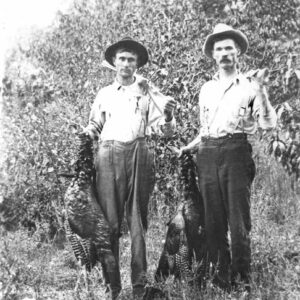 Turkey Hunters
Turkey Hunters
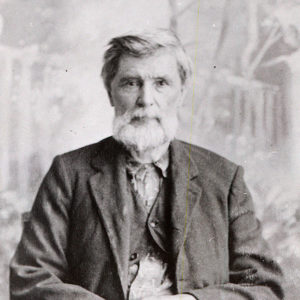 Silas Turnbo
Silas Turnbo
Turnbo, Silas Claiborne
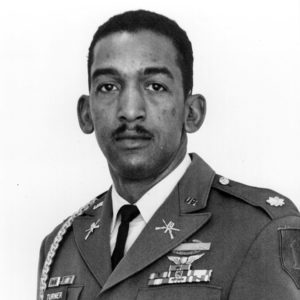 Fred Turner
Fred Turner
Turner, Frederick Cornelius Jr.
Turner, Grover White “Buddy,” Jr.
Turner, Jesse
Turner, John (Lynching of)
Turner, Otis Hawes
Turner, William (Lynching of)
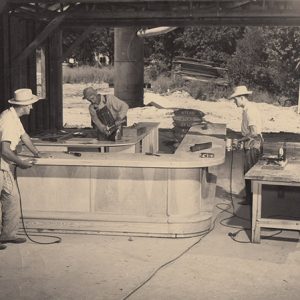 Claude Turney
Claude Turney
 Claude Turney
Claude Turney
 Turney Brochure
Turney Brochure
 Turney Plane
Turney Plane
 Turney Plant Workers
Turney Plant Workers
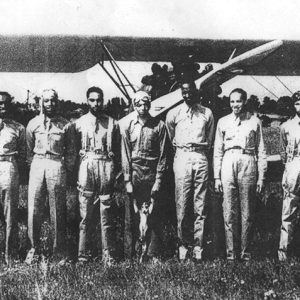 Tuskegee Airmen
Tuskegee Airmen
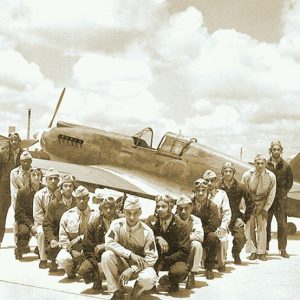 Tuskegee Airmen Class 42-F
Tuskegee Airmen Class 42-F
Twelfth Arkansas Infantry (CS)
Twelfth Arkansas Infantry Battalion (CS)
aka: Rapley's Sharpshooters
Twentieth Arkansas Infantry (CS)
Twenty-Eighth/Thirty-Sixth Arkansas Infantry (CS)
Twenty-Fifth Arkansas Infantry (CS)
aka: Thirtieth Arkansas (CS)
Twenty-First Arkansas Infantry (CS)
Twenty-Fourth Arkansas Infantry (CS)
Twenty-Second/Thirty-Fifth Arkansas Infantry (CS)
Twenty-Seventh Arkansas Infantry (CS)
Twenty-Sixth Arkansas Infantry (CS)
Twenty-Third Arkansas Infantry (CS)
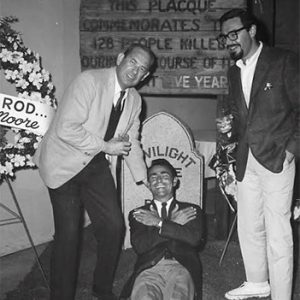 Twilight Zone Finale
Twilight Zone Finale




